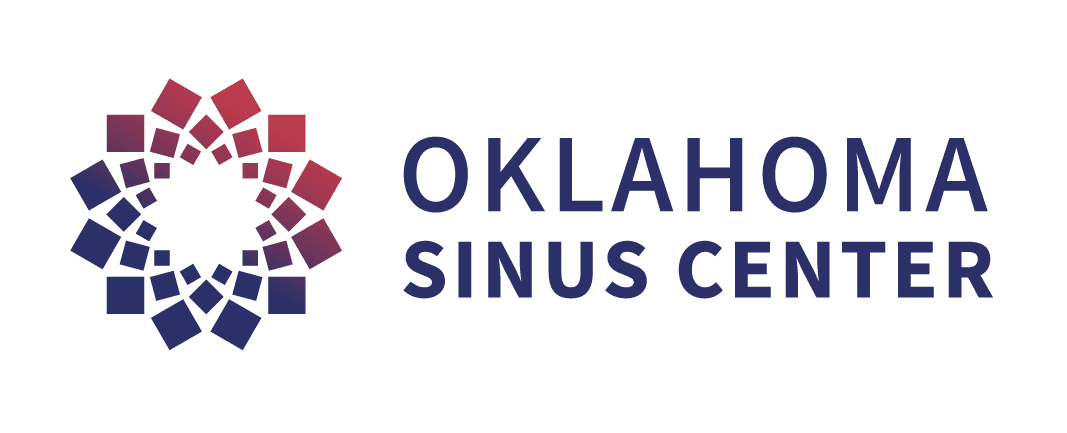Balloon Sinuplasty
BALLOON SINUPLASTY – A REVOLUTION IN SINUS CARE
Balloon sinus dilation is a procedure that seeks to improve sinus drainage pathways and restore your nasal health. Traditional sinus procedures have been available for years, and have served many patients well.
Over the past decade, developments in medical technology have allowed for dramatic advances in minimally invasive procedures. These procedures tend to achieve their intended results, while minimizing pain, recovery, and expense.

When is balloon sinuplasty the right next step?
When symptoms persist despite medical therapy, or when symptoms continue to relapse consistently, surgery can be an important consideration. Take time to learn about the benefits of surgery, and how Balloon Sinuplasty can help you.
How does Balloon Sinuplasty work?
Sinus bacterial infections begin when the small sinus drainage pathways become obstructed. Bacteria quickly build up in the obstructed sinus, causing fatigue, fever, pain, pressure and the typical symptoms of infection. Antibiotics may be helpful, but when the symptoms continue or never respond, Balloon Sinuplasty can provide immediate and lasting relief.
During these minimally invasive procedures, often performed in the office under local anesthesia, your surgeon uses small balloons to reshape the nasal and sinus drainage pathways. By inflating these very small balloons in these key pathways, your physician can flush the sinus and the infection is immediately allowed to flow out of the infected sinus. Drainage is restored and symptoms often respond immediately. With the infection now released, antibiotic therapy is much more effective and managing the lingering mild symptoms.
Watch this informative Balloon Sinuplasty video to better help understand this minimally invasive procedure:
What about traditional sinus surgery?
Not every patient is a good match for these minimally invasive procedures. Some infections may need traditional sinus surgical procedures for successful treatment. Certain patients may suffer from atypical infections, or may have nasal polyps, which may require other types of surgery. Your surgeon will review these options with you, and tailor recommendations to your specific symptoms.
When comparing traditional sinus surgery with more modern, minimally invasive options, you may want to consider:
Traditional Sinus Surgery (FESS)
- Hospital based
- General anesthesia
- Standard surgical costs
- Standard procedural time
- Procedure removes bone and tissue
- Standard postoperative discomfort
- Standard recovery
Minimally Invasive Balloon Sinuplasty
- Office based
- Local and topical anesthesia
- Lower surgical costs
- Shorter procedural times
- Procedure gently reshapes sinus drainage pathways
- Less pain, faster return to activity
- Faster recovery with fewer postoperative visits
Is Balloon Sinuplasty right for me?
Talk to your sinus specialist about options that might help you restore your nasal and sinus health. Many minimally invasive options exist, each can be tailored to your specific needs. Start the conversation today, and start down the pathway to better health.
Recovery
Recovery can vary, but is usually very brief with Balloon Sinuplasty. Balloon sinus dilation often leads to a recovery lasting one or two days, and minimal restriction in activity. Talk with your surgeon about the expectations for time off of work, follow up visit, and any restrictions from activity.
Are you considering surgical treatment options for chronic sinusitis?
Contact Oklahoma Sinus Center today to schedule an evaluation.

